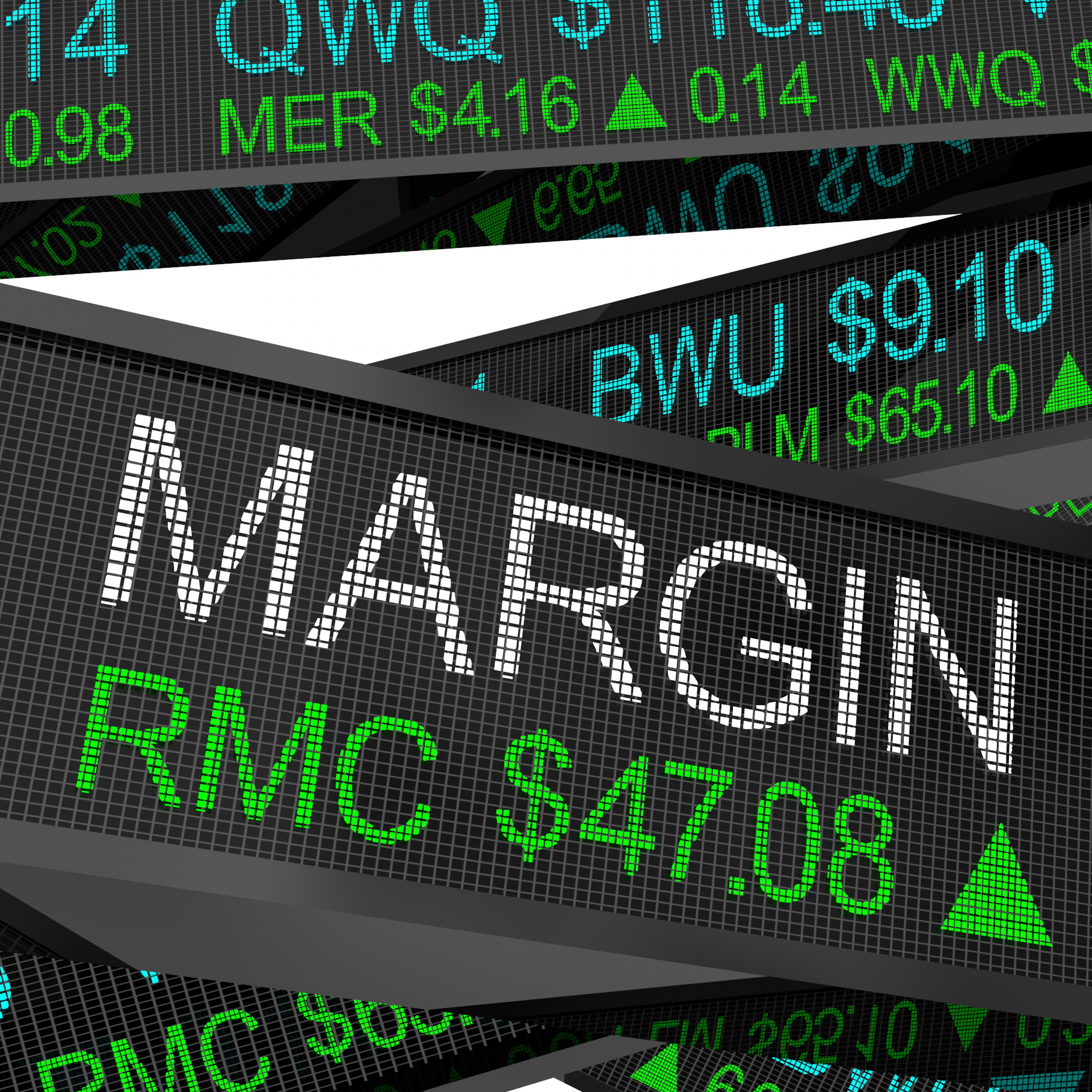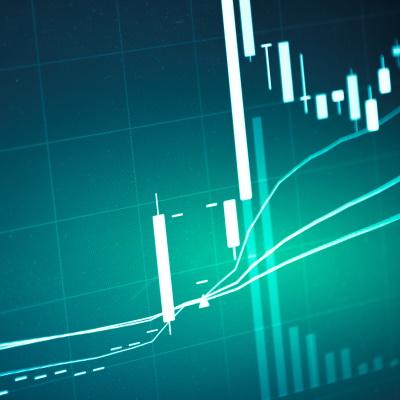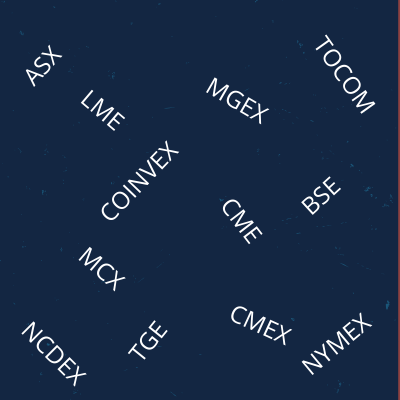Initial Margin vs. Variation Margin
Discover the differences between initial margin and variation margin. How can you avoid a margin call and use it to your advantage, with Queensway.

Marginalising Success
Margin debt is the grease that lubricates the financial engines of the world and facilitates their smooth deployment.
Thanks to margined products, investors can now more efficiently use their trading capital by only allocating a small part of the total value of their investment to secure a trade that will still benefit from full market exposure.
What is Margin?
To put it simply, trading on margin is when a trader borrows funds from a broker to place a trading order. To reduce the risk of this operation, the broker will require the trader to put aside a portion of this order in order to open the position and keep it that way.
This is what margin is. It plays the role of a ‘good faith’ deposit or collateral.
Without initial margin, (the requirement in cash to start buying and selling financial instruments on an exchange) there would be much less volume in the markets. As a result, markets would be less liquid and prices would be much lower.
Initial margin lending is risky for newbie traders and investors, as it can double the amount they have in purchasing power. Lending the leverage that supplements the margin is also quite lucrative for the broker.
The greater the value of a security, the more margin interest is accrued to the lender. It is made even more attractive if the broker is a market maker with no need to resort to foreclosures and repossessions.
Let’s have a look at an example of margin trading…
If a trader wants to buy $2,000 of Apple shares because he/she thinks they look cheap and might soon rise, he/she can buy the shares through a traditional broker or via a broker that offers margin trading.
With a traditional broker, the trader would need to purchase $2,000 of physical Apple shares and the broker would take a small commission. Alternatively, the trader can use a margin broker.
In this case, let’s say the broker is offering margin trading that applies a margin rate of 10% on American stocks.
As the trader wants to buy $2,000 worth of Apple, he/she would only need to put aside $200 with the broker to open the trading positions, leaving the remaining amount in his/her account (or use it for other positions).
The trader could also decide to invest the entire $2,000 through margined products, which means that he/she would be able to invest $20,000.


Leveraged CFDs, Margin Trading and Variation Margin
A contract for difference (CFD) is a contract between two parties to exchange the difference in the value of an asset in the future.
If a long position is opened (buying an asset to sell it at a higher price later) and the price rises, then the seller pays the amount of the increase to the buyer. Should the price fall, the buyer pays the seller the difference in the asset value created by the decline.
Should asset values fall too much, a variation margin will be required to keep positions open when an account runs into negative.
Variation margin is the reserve required to maintain the ratio for an account to be viable. It is posted daily by brokers with the clearing agencies that settle the liquidity.

Variation margin is therefore what maintains a needed level of liquidity in brokerage accounts, and thus the financial market as a whole.
As a financial derivative, a CFD allows traders to profit from prices that are rising by going long, or those falling, by going short. Due to the range of CFD usage, the margin requirements can swing widely.
This results in CFDs being widely used, deployed and offered for trading with a wide range of asset classes (commodities, Forex, indices, stocks, ETFs, cryptocurrencies, etc.).
Margin maintenance can change based on the security of the CFD and the market for that asset. For example, CFDs based on stocks are known as an equity derivative. Without owning any shares of the security, the seller and buyer of a CFD can profit from the movement of the stock price, depending on the position.
CFDs have been used since the 1990s as a low-cost form of hedging.
At present, CFDs can be bought and sold in the United Kingdom, Hong Kong, The Netherlands, Poland, Portugal, Romania, Germany, Switzerland, Italy, Singapore, South Africa, Australia, Canada, New Zealand, Sweden, Norway, France, Ireland, Japan and Spain, but not in the United States. The Securities and Exchange Commission does not allow CFDs due to restrictions on the over-the-counter sector.
A Final Word – Avoid a Margin Call
The amount of margin required will fluctuate based on the underlying asset and its performance. Initial margin can also vary depending on one’s level of trading experience. It can usually be high for a novice trader. Should that trader perform well, variation margin will result in fewer amounts of cash or securities to be retained as collateral.
As this type of margin is calculated on a daily basis, it provides an immediate snapshot of the financial health of a portfolio. Should it fall, the brokerage will liquidate assets through a “margin call”, should the account holder fail to supplement the portfolio up to the new margin requirements.
If additional cash isn’t provided, then the broker has all rights to close positions (if not all) to meet the margin requirements and maintain its financial health as an institution.
To avoid a margin call, it is essential to control risk.
A trader should know the margin requirements and avoid leveraging money too much – use leveraged and margin trading wisely. He/she might also want to limit losses by using stop-loss orders.







